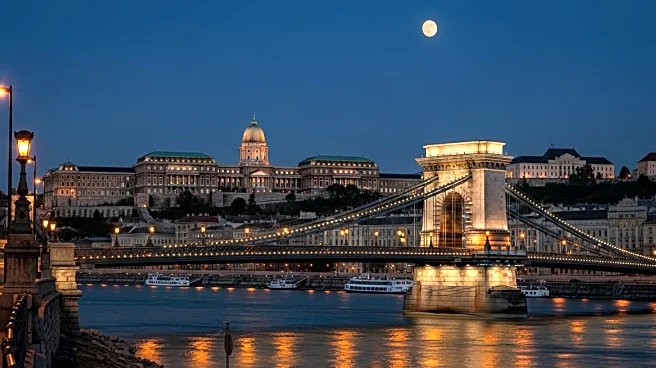Prague, the capital of the Czech Republic, is a city with a significant geographic and cultural footprint in Europe. Known for its stunning architecture and vibrant cultural scene, Prague's footprint is evident in its historical significance and enduring influence. From its geographic reach to its institutional presence, Prague's footprint highlights its role as a cultural and political hub in Europe.
Geographic Reach
Prague's geographic reach is marked by its strategic location in central Europe. The city is situated on the Vltava River, making it a center for trade and commerce. Prague's central location has contributed to its role as a cultural and political hub, attracting visitors and settlers from across Europe.
Institutional Presence
Prague's institutional presence is evident in its role as the capital of the Czech Republic. The city houses the administrative institutions of the Central Bohemian Region, serving as a center for political decision-making and governance. Prague's leaders have navigated complex political landscapes, ensuring the city's continued relevance and influence.
Economic and Social Footprint
Prague's economic and social footprint is marked by its thriving cultural scene and historical preservation efforts. The city's architectural beauty and cultural significance attract millions of visitors each year, contributing to its status as a cultural and tourist hub. Prague's role as a center for trade and commerce has also contributed to its economic footprint in Europe.
Environmental or Community Impact
Prague's environmental and community impact is evident in its efforts to preserve historical landmarks and promote cultural heritage. The city's leaders have implemented policies to balance historical preservation with modern development, ensuring Prague's continued relevance and influence. Prague's experience in navigating these challenges can inform approaches to cultural preservation and resilience in diverse contexts.
 Discover Daily • 8 min read
Discover Daily • 8 min read 









